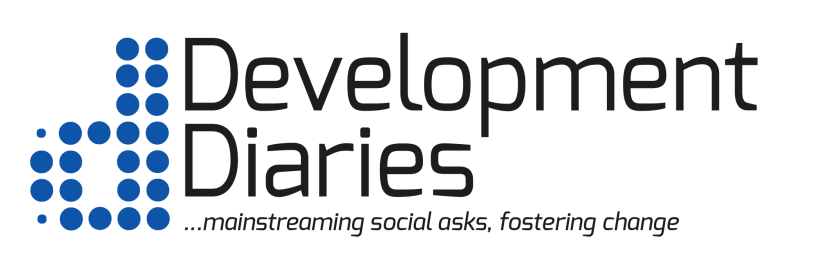Across Africa, violence against women and girls is still a widespread and deeply ingrained problem that impedes the advancement of human rights, gender equality, and society.
Development Diaries reports that research conducted by the Network of Local Elected Women of Africa found that 40 percent of women in West Africa and over 65 percent of women in Central Africa are victims of violence.
Figures from the Africa Health Organisation reveal that in South Africa, 51 percent of women report having experienced gender-based violence (GBV), while 76 percent of men report having perpetrated GBV at some point in their lives.
The theme of this year’s International Day for the Elimination of Violence Against Women is ‘Invest to Prevent Violence against Women and Girls’, which highlights the importance of funding different preventative programmes that stop violence before it starts.
The worrisome rates of physical, sexual, and psychological violence against women and girls persist throughout the continent, despite advancements in a number of sectors.
One of the prevalent forms of violence is domestic violence, which occurs within the confines of homes and is often shielded by cultural norms that discourage victims from speaking out.
This silence is further perpetuated by the stigma attached to being a survivor of abuse. Many women endure violence in silence due to fear, economic dependence, and the lack of legal recourse.
The perpetuation of harmful gender norms and stereotypes also contributes to the prevalence of domestic violence.
Another serious issue is sexual violence, which includes rape and violence against intimate partners.
Such crimes are frequently not sufficiently addressed or prevented by cultural norms and insufficient legal systems. In addition, survivors find it difficult to report these crimes because of societal stigma, fear of reprisals, and mistrust of the justice system.
In many African countries, child marriage is a type of violence that mainly affects girls. These young girls, who are forced into marriages, frequently endure different forms of mistreatment, such as domestic abuse and restricted access to health care and education. They are deprived of the chance to reach their full potential, which feeds the cycle of poverty.
According to the United Nations Population Fund (UNFPA), East and Southern Africa have a high prevalence of GBV and harmful practices among adolescents and young women. It is understood that 31 percent of girls between the ages of 20 and 24 got married before turning 18.
Female genital mutilation (FGM) is also a form of violence against women and certain African cultures encourage FGM, which is a terrible cultural practice that causes permanent physical and psychological trauma to girls.
Furthermore, in conflict zones, women and girls are disproportionately affected by sexual and gender-based violence. Rape is used as a weapon of war, and women and girls become victims of trafficking and exploitation. The aftermath of conflict often leaves survivors without proper support systems, exacerbating their vulnerability.
Efforts to end violence against women and girls in Africa must include legislative reforms that criminalise violence, comprehensive education campaigns to challenge harmful gender norms, and the establishment of safe spaces for survivors to seek help.
In addition, economic empowerment programmes can play a crucial role in reducing vulnerability by providing women and girls with the means to escape abusive situations.
Development Diaries calls on African governments to foster positive change by addressing the root causes of violence against women and implementing comprehensive strategies that promote empowerment, education, and legal reform.
By strategically investing in legal frameworks, education, economic empowerment, and support services, African countries can create an environment where GBV is not tolerated.
Photo source: USAID in Africa






